There are 21,000 pieces of plastic in the ocean for each person on Earth – the Washington Post

And plastic pollution has been doubling every six years.
Humans have filled the world’s oceans with more than 170 trillion pieces of plastic, dramatically more than previously estimated, according to a major study released Wednesday.
The trillions of plastic particles — a “plastic smog,” in the words of the researchers — weigh roughly 2.4 million metric tons and are doubling about every six years…
Retreat in Rodanthe Interactive Feature – the Washington Post
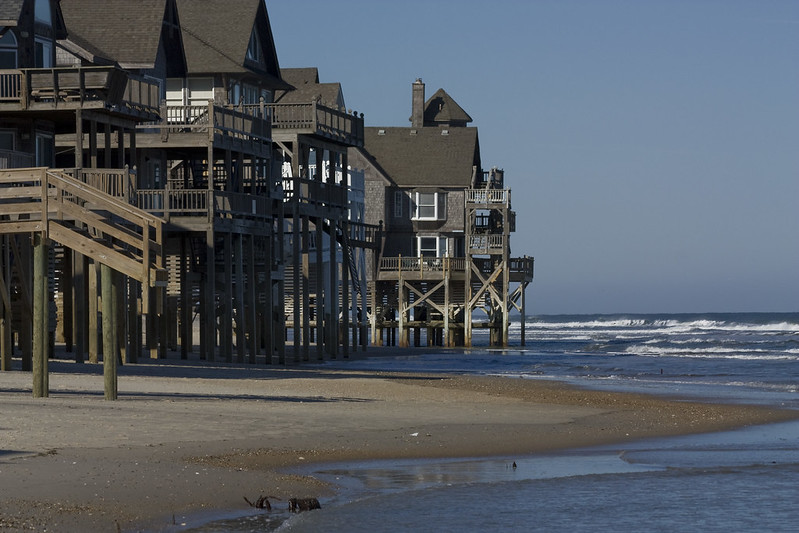
Along three blocks in a North Carolina beach town, severe erosion is upending life, forcing hard choices and offering a glimpse of the dilemmas other coastal communities will face…
Early last year, a house crumbled into the sea in this small Outer Banks community, home to some of the most rapid rates of erosion and sea level rise on the East Coast.
Not long after, another house fell. And then another…
His family fished for generations. Now he’s hauling plastic out of the sea – the Washington Post
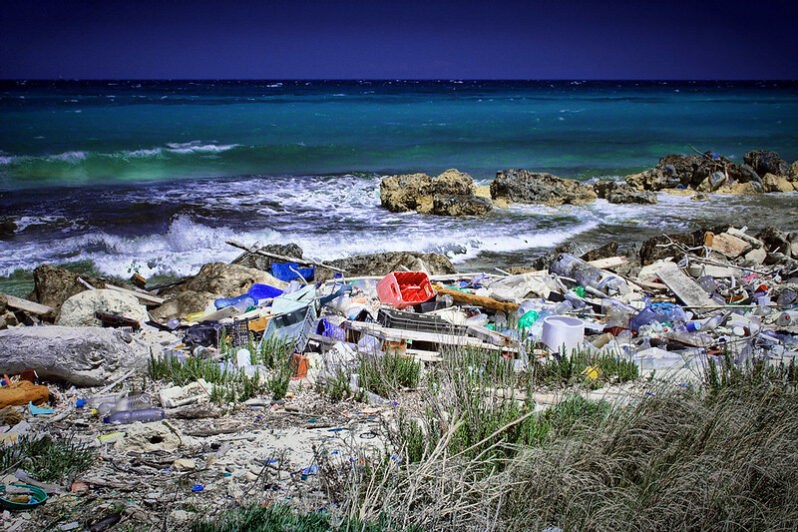
One catch at a time, Lefteris Arapakis is cleaning the Mediterranean.
It was Lefteris Arapakis’s first expedition on a fishing boat, and he didn’t expect what the nets would pull up.
There were scorpionfish, red mullet and sea bream. But there was also a bright red can of Coke…
In California, a drought turned to floods. Forecasters didn’t see it coming – the Washington Post

Coming into this winter, California was mired in a three-year drought, with forecasts offering little hope of relief anytime soon. Fast forward to today, and the state is waterlogged with as much as 10 to 20 inches of rain and up to 200 inches of snow…The drought isn’t over, but parched farmland and declining reservoir levels have been supplanted by raging rivers and deadly flooding…
24 trillion gallons of water have drenched California, and storms aren’t over – the Washington Post
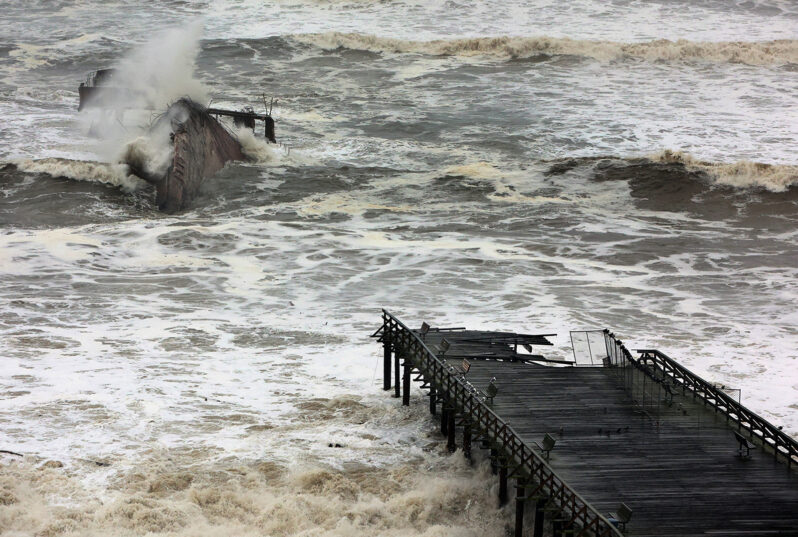
Since late December, California has seen it all. More than a foot of rain has come down in the lowlands, with eight feet of snow in the Sierra Nevada. For the state as a whole, the equivalent of about 24 trillion gallons of water has poured down from the sky — or an average of more than 8.5 inches of rain over every acre.
It’s not just water that has blasted the state. Winds nearing hurricane force have torn from the coast to the Central Valley and into the mountains, downing untold numbers of trees and cutting power to hundreds of thousands. A tornado danced south of Sacramento.
At least 18 people have died in the onslaught of storms, and it’s not over yet…
Maps and charts show the awful impact of the California storms – the Washington Post
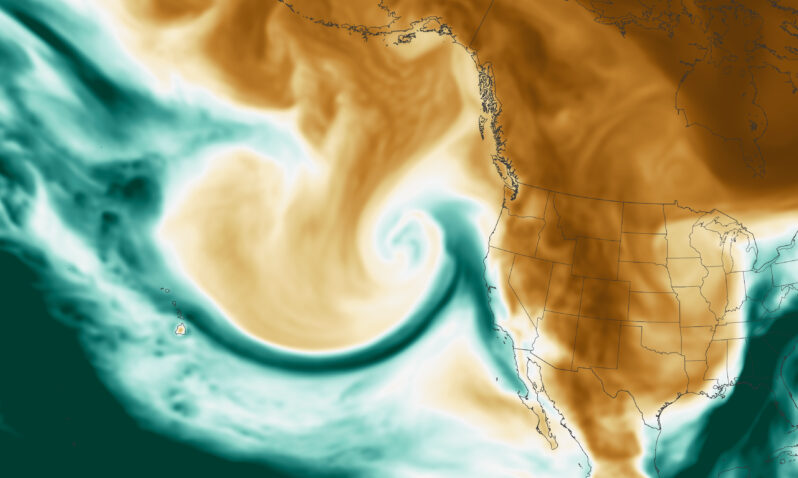
A parade of storms known as atmospheric rivers has dumped massive amounts of rain and snow on California since late December. The storms have produced deadly flooding, crippling snow, dangerous mudslides, severe thunderstorms and tornadoes.
Atmospheric rivers funnel extreme amounts of moisture over the oceans into narrow bands of clouds. As these clouds are transported over land, they can produce many hours of intense rain and snow…
In Santa Cruz, the deluge came from the skies and the sea – The Washington Post
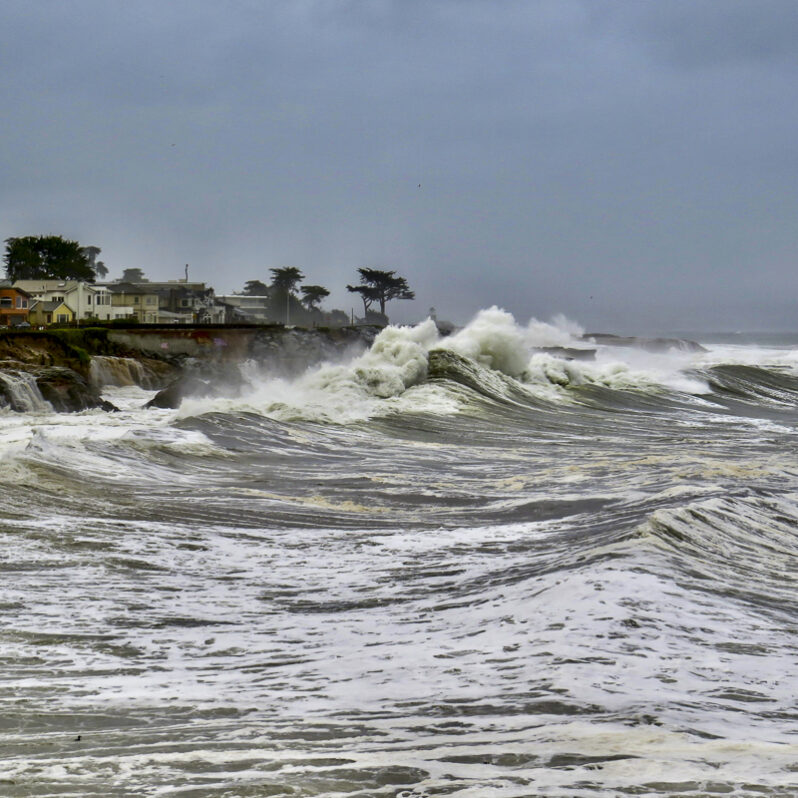
The California college town has faced wildfires in recent years. Now it’s adjusting to the reality of floods.
The surfers were loving it.
A set of waves was breaking Sunday just offshore from the main beach in this college town known for its mountain biking, laid-back atmosphere and famous surf spots. This wasn’t one of them, though. A parade of rainstorms had swelled the San Lorenzo River, pushing heaps of sand out of its mouth and building up a sandbar that was kicking up near-perfect waves…
On the Edge of Retreat (multimedia feature) – the Washington Post
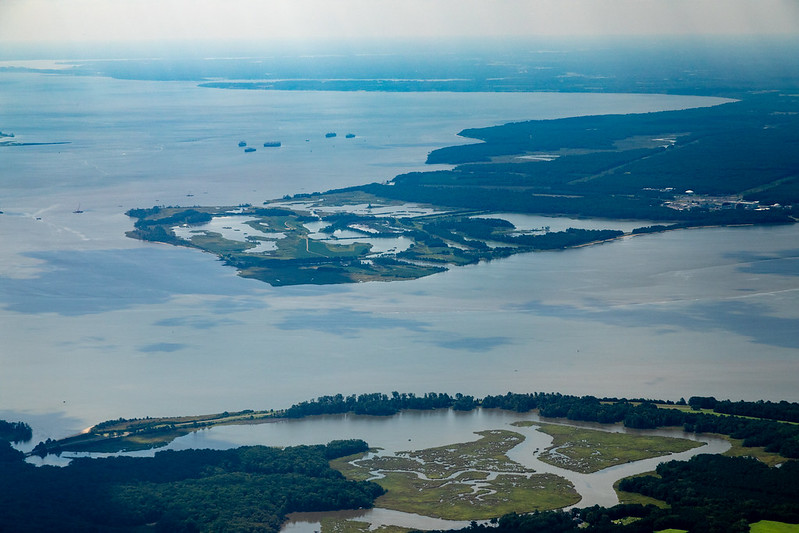
A century ago, about 250 people lived on Hog Island, a seven-mile expanse off the Virginia coast. They raised livestock and gathered oysters. They lived in a town called Broadwater, worked at the lighthouse and Coast Guard station, and danced at night in a social hall called the Red Onion.
But that was back when there was still soil beneath their feet…
Florida beaches were already running low on sand. Then Ian and Nicole hit – the Washington Post

“I think we’re starting to discover that, despite our best efforts and wanting to throw as much money at this as possible, it has become very difficult to keep these beaches as wide as we would like to keep them,” Robert S. Young, a geology professor at Western Carolina University and director of the Program for Developed Shorelines… “We simply don’t have the capacity to hold all of these beaches in place.”
